Dr. Robyn Lacy
Some call them witches' marks. Scholars prefer the term “apotropaic marks.” What are they?
Throughout the United Kingdom, Eastern Europe, colonial North America and Canada, mysterious whirls, inverted "v" shapes, or tetrafoils can be found in churches, households, and, most frequently, cemeteries. Marks have been found in sites as well-known as the Tower of London, York Minster, and Shakespeare's birthplace demonstrating their geographic spread and ubiquity. They have been found in settings as far back as ancient Rome and Judea and have been transmitted across the centuries.
These marks represent Apotropaic magic—a type of magic intended to turn away harm or evil influences, by deflecting misfortune or averting the evil eye. Apotropaic magic can also symbolize vague superstition or traditions, as in good luck charms, amulets, or gestures such as crossed fingers or knocking on wood.
Discover how these marks were meant to protect a soul when placed on headstones in the British Isles and in the Americas as Robyn Lacy shares her doctoral research with you.
Robyn Lacy
Some call them witches' marks. Scholars prefer the term “apotropaic marks.” What are they?
Throughout the United Kingdom, Eastern Europe, colonial North America and Canada, mysterious whirls, inverted "v" shapes, or tetrafoils can be found in churches, households, and, most frequently, cemeteries. Marks have been found in sites as well-known as the Tower of London, York Minster, and Shakespeare's birthplace demonstrating their geographic spread and ubiquity. They have been found in settings as far back as ancient Rome and Judea and have been transmitted across the centuries.
These marks represent Apotropaic magic—a type of magic intended to turn away harm or evil influences, by deflecting misfortune or averting the evil eye. Apotropaic magic can also symbolize vague superstition or traditions, as in good luck charms, amulets, or gestures such as crossed fingers or knocking on wood.
Discover how these marks were meant to protect a soul when placed on headstones in the British Isles and in the Americas as Robyn Lacy shares research for a forthcoming book with you.
